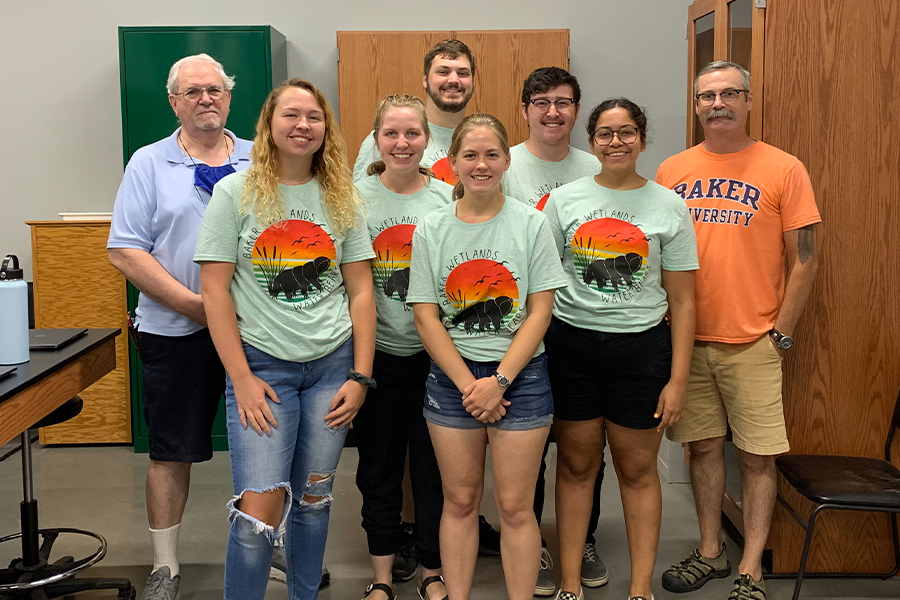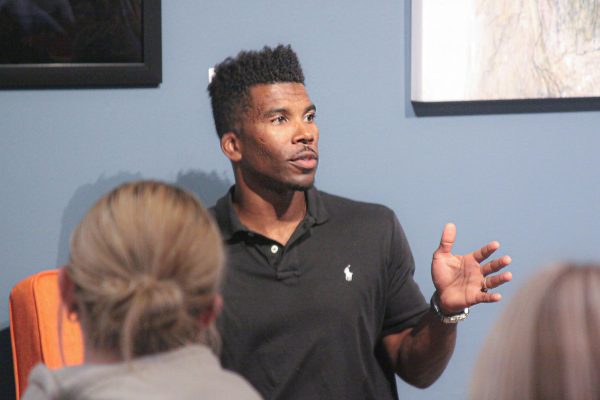Baker students conducted summer research in the Baker Wetlands
Over the summer several students participated in an internship at the Baker Wetlands. Lasting eight weeks, the students conducted research on tardigrades, the first time in the state of Kansas.
Over the summer, five Baker students were selected to live in the Baker Wetlands for eight weeks to conduct research. From June 7 to Aug. 1 the students lived and worked in the Wakarusa Field Station throughout their stay. This was the first time the field station was used as a site for students to conduct research.
The students involved in the research were Junior David Popp, Junior Allie Renfro, Senior Elaena Steffen, Junior Jennifer Tidd and Junior Ryan Upham. Izabella Bobadilla, a junior at the Illinois Institute of Technology, also joined.
With the help of Associate Professor of Biology, Dr. Scott Kimball, Assistant Professor of Biology, Dr. Randy Miller, Assistant Professor of Computer Science, Dr. Robert Schukei and since retired Dr. Mahmoud Al-Kofahi, they worked to combine different students and disciplines to complete the research project over tardigrades. A tardigrade is a microscopic organism that lives on moss and lichen and can be found in all water bodies. Also referred to as “water bears”.
“We developed a program that we wrote a grant for to the NSF, the National Science Foundation, to look into a collaboration among these different disciplines to help automate the process of tardigrade research,” Kimball said.
Students were asked directly by their professors to apply to the internship because of their valuable skills.
The five Baker students and one student selected from Illinois Institute of Technology came from three different disciplines, Biology, Engineering and Computer Science, all to work on this project.
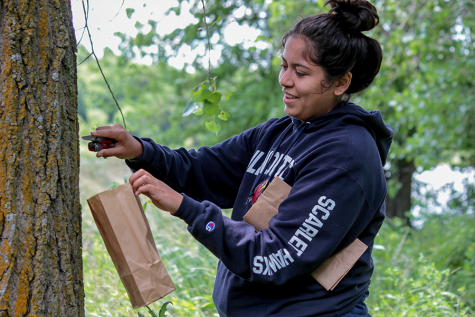
The grant awarded to these professors from the NSF was $256,849. The goal for the project is to wrap up in three years from the start date, but have the students publish their work as they go along.
“We will be publishing stuff as we go. And students will be presenting stuff as opportunities arise, the students who worked this summer will likely continue to wrap up some of the work they did, either here on campus or on their own time,” Kimball said.
Steffen was a part of the computer science team, along with Renfro and worked on creating an app for the research. The goal of the app is to cut down the time researchers need to upload their data. Instead of transferring it into a binder and then putting the data on a Microsoft Excel sheet, they can do it right into the app, cutting out the middle.
“We usually start around 8 a.m. And we’d go in and work in the lab for about four hours,” Steffen said. “The biology students would be studying tardigrades and the physics people would be working on their projects. Allie and I were working on our computer science project, working on creating an app to help with the collection of tardigrades.”
Steffen is thankful for the internship as it allowed her to experience new things and meet new people.
“I was kind of nervous at first, but it was a really good experience,” Steffen said. “It was a little tight. There [were] four of us in a room together, [but] it was nice to be so close to our work and to get closer to some people that I’d never met before, so it was a good opportunity.”
Steffen got many valuable experiences and lessons out of this internship that she hopes to be able to apply to her career later.
“I think I took a lot away from it, especially [in] the career sense of just learning a lot of new programs that I’ve never experienced before and just really having to work on your own,” Steffen said. “Having the unstructured kind of thing that you’re not used to in school and really just learning everything as you go is very interesting.”
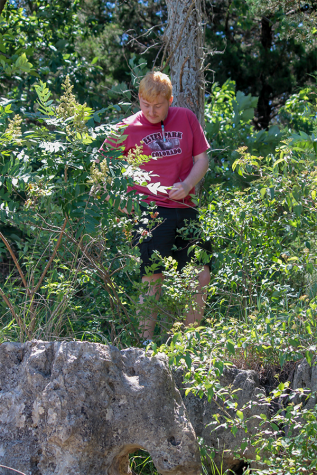
Popp was another student selected for the internship with his discipline being biology, working alongside Tidd.
For Popp’s part of the research, he would take samples of moss and lichens from trees and rocks that the team had found out in the field and submerge them underwater. After six hours, the tardigrades would “wake up” allowing Popp to take three pictures of each tardigrade on a slide. After a couple of days when the slides had dried up, they were handed to the engineering students to stamp the slides.
“From there came the identification, so Jennifer and I worked with Dr. Miller to learn the key features and to identify them. There were so many, there’s red ones, there’s ones that are yellow and almost neon under the microscope, and they look like little rocks,” Popp said.
Popp is very pleased with the work the team did over the summer and is excited to add their work into the field of tardigrades.
“I’m proud that we got to contribute to science in a unique way because they’ve never done a survey of Kansas before for tardigrades. We were actually the first people ever,” Popp said.
Throughout those eight weeks, the students formed a bond not just over their research, but from doing activities together. They even went to Worlds of Fun together as a team in their last few weeks of the internship.
Kimball knows this internship will help all of the students who participated and allow them to have government-funded research on their resumes before they graduate college.
“In the end run, what happens is we have the support of this government entity that when we publish papers with our students [they] will be able to say that, ” Kimball said. “So when they leave the project, they’ll have publications that they will submit to journals and they’ll have presentations that they take to conferences. All of that will be accompanied with the NSF logo because it’ll say, ‘Funded by the National Science Foundation’.”
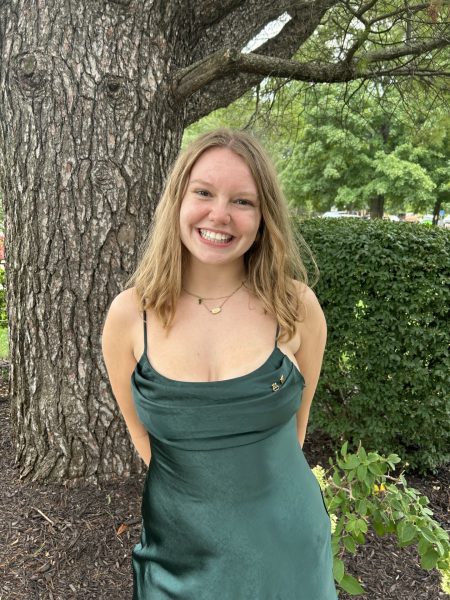
Kolbie Christensen is a senior mass media major and is the Editor-in-Chief for The Baker Orange. This is her fourth year on staff. She is a member of Alpha...


